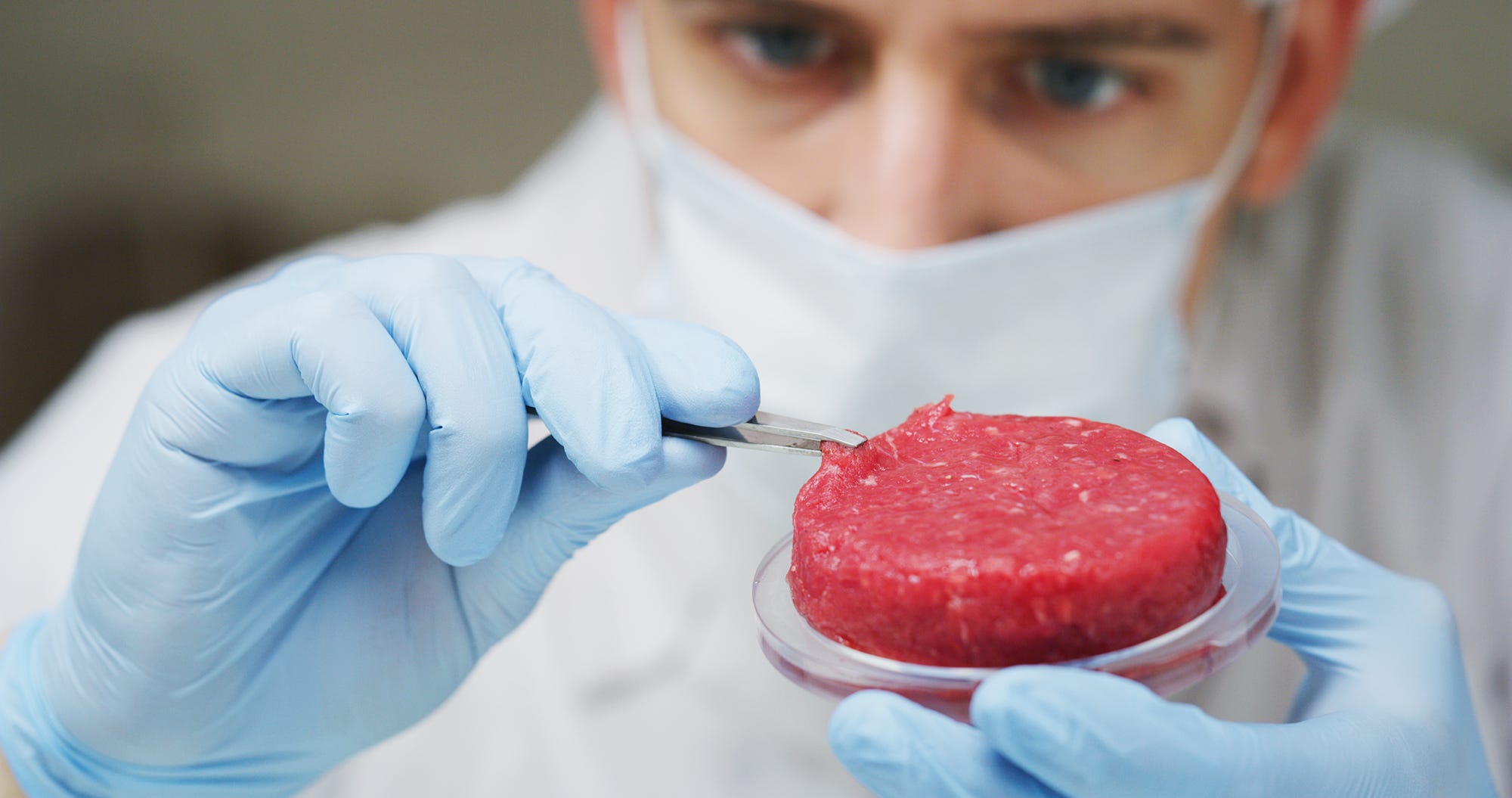In this context, lab-grown meat emerges as a promising alternative. This technology cultivates genuine animal muscle tissue from cells, utilising scaffold structures to replicate traditional meat cuts. While seemingly futuristic, lab-grown meat is rapidly gaining traction, with increasing regulatory approvals worldwide.
The potential benefits are substantial. Industry projections suggest a reduction of 45% in energy usage, 96% in emissions, 99% in land use, and 96% in water consumption. Compared to the 18-month maturation period for cattle and 6 months for lambs, lab-grown meat can be produced in just 6-8 weeks. Furthermore, this method eliminates the need for vaccinations and antibiotics, and reduces vulnerability to viral outbreaks like avian flu, although stringent sterile conditions are essential to mitigate pathogen risks.
From an ethical standpoint, lab-grown meat offers a cruelty-free alternative, as it does not involve the sentience of a complete animal. The technology’s compatibility with Halal standards would require further investigation.
Supermarkets stand to gain significantly from this technology. By producing meat in-house, they can achieve consistent, year-round supply, independent of seasonal agricultural fluctuations, and reduce reliance on external suppliers. This could also enable vertical integration, with meat production located within urban centers, minimising transportation costs.
Beyond food security, lab-grown meat offers potential environmental benefits. Reduced livestock demand could decrease the economic value of marginal grazing lands, freeing them for reforestation, habitat restoration, and carbon sequestration initiatives. This could be a crucial step in combating biodiversity loss and preventing species extinction.
In conclusion, the convergence of scientific innovation and market forces, exemplified by lab-grown meat, presents a viable pathway to sustainably feed a growing global population while mitigating environmental degradation. This technology holds the potential to reshape our food systems and offer a lifeline to critically endangered species.
